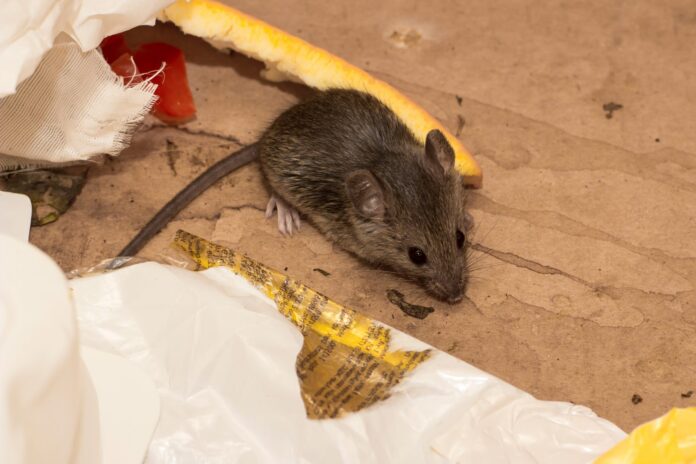AUBURN UNIVERSITY, Ala. – With a new year comes new resolutions. This year, make it a priority to keep a rodent-free home. Aside from causing a fright, rats and other rodents can be harmful to humans by spreading disease, destroying property or even biting. By understanding the species and following these simple steps, people can help avoid having these unwanted little visitors in their homes.
Bence Carter, an Alabama Extension forestry, wildlife and natural resources regional agent, said to protect a home from these rodents, it is important to be able familiar with the typical rodent types. The most common rodents people might see around their house include roof rats, Norway rats and house mice. These rodents are “commensal,” meaning they live near humans.
Rodent proof
Even if homeowners haven’t had an issue with little intruders, it is always good to make the house rodent proof before it becomes a problem. Rats and mice can climb wires, cables, siding, vines or trees to enter a house.
“They can gnaw through most materials if the surface is rough or has an edge,” Carter said.
Cover openings
Rats can enter a building through holes as small as ½ inch, whereas mice can enter openings ¼ inch. Therefore, the first step to rodent proofing the home is to block all potential entrance holes with secured sheet metal. Also, sheet metal cones or guards on pipes and cables help to prevent rats or mice from climbing them.
Sanitize
The next step to keeping rodents out of the home is to make sure that the home is always being properly cleaned.
“Poor sanitation is what often attracts rats and mice in the first place,” Carter said. “Remove all trash and litter from the area in a rodent-proof container.”
Rodenticides
If people properly cover openings and clean the home, the use of rodenticides isn’t as necessary. However, for those that already have a rodent problem and have seen them or their feces around the home, rodenticides are a good solution to eradicate and prevent future populations. As always, when considering a poisoning program, make sure to follow the instructions on the rodenticide. Also, consider if any humans, pets or non-target species may come into contact with the rodenticide.
Carter said there are two main types of rodenticides; single-dose and multiple-dose.
“Many different types and preparations of rodenticides are effective,” Carter said. “Your specific situation dictates which one is best to use.”
Single-dose rodenticides are preferred where rat or mouse numbers are large and a quick reduction in population is desired. On the other hand, multiple-dose rodenticides will kill the rodent within 4 to 5 days after the rodent takes its first bite. According to Carter, multiple-dose rodenticides are the safest poison.
To further ensure the safety of non-target species, place rodenticides in bait stations. Bait stations protect rodenticides from moisture, dust and weather. They also prevent other animals from accessing the bait, while making the rodent feel more secure.
“Bait stations do not have to be elaborate structures,” Carter said. “They can be made by nailing flat boards at an angle to the wall.”
Make sure to place bait stations in areas of high rodent activity, typically between the rodent’s shelter and food supply.
Traps
Last but not least, the old-fashioned method of using a trap is another alternative if people do not want to use poison. Common snap traps are most effective when rat numbers are low. Traps can be baited with a plethora of different food items; however, peanut butter adheres best to the trap trigger. As their name implies, traps for roof rats should be placed along beams, rafters or other travel ways. For Norway rats or a house mouse, place the traps under cabinets or next to a wall.
More information
Protecting a house from rats and mice often takes more than a single step solution. By following these instructions, people can help keep their home rodent proof throughout the year. More information on protecting homes from rodents is in the Alabama Extension publication “Controlling Rats and Mice Around Your Home.” For further information, visit the Alabama Extension website at www.aces.edu.





























